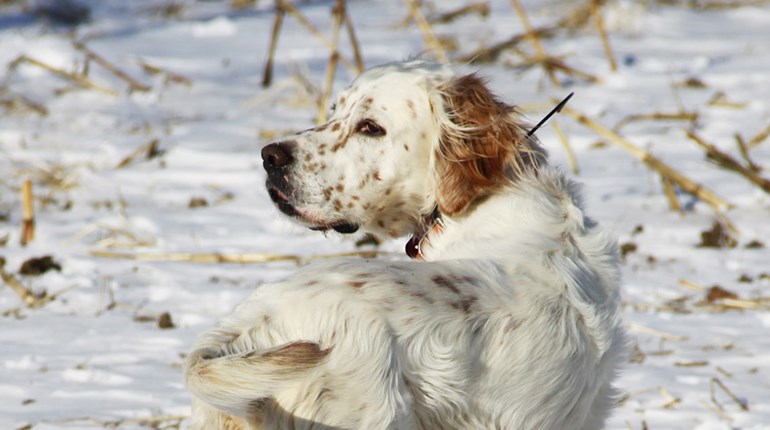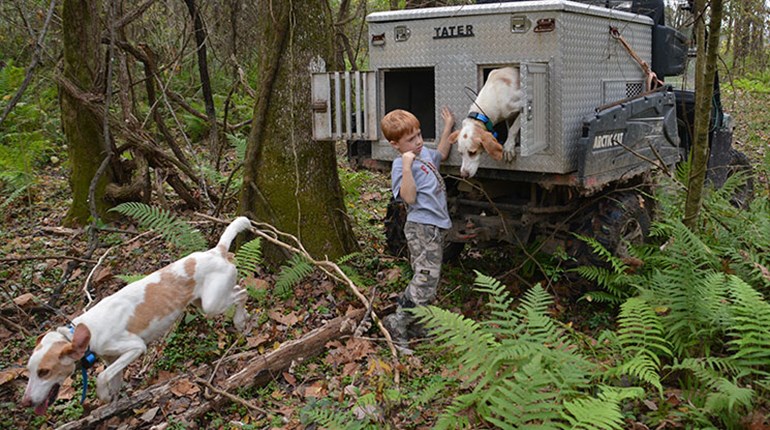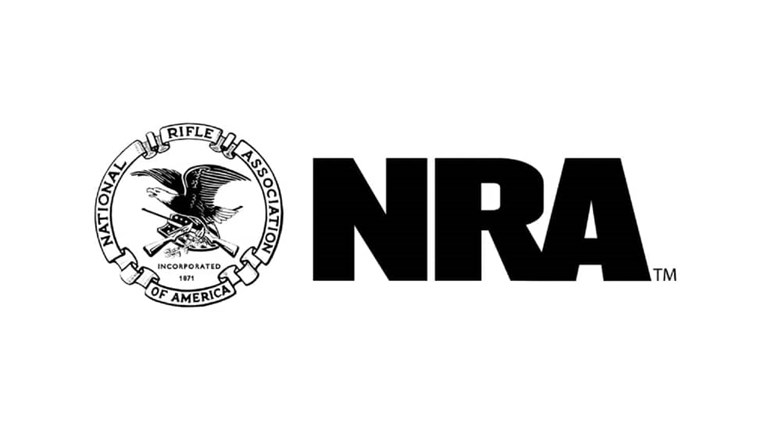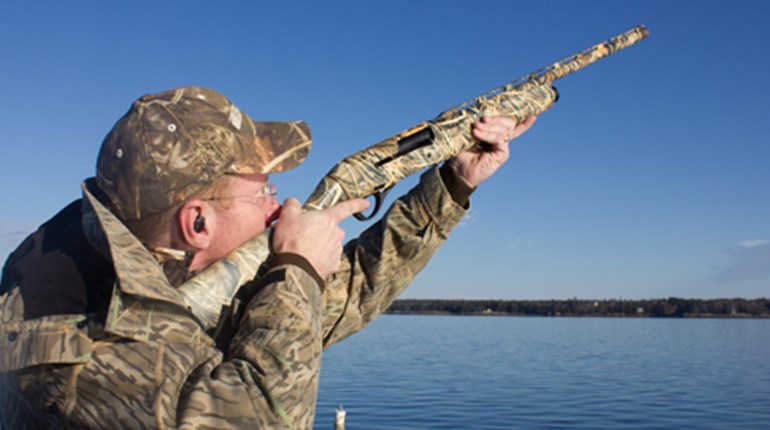
While it's important to know and follow the rules of firearm safety, the rules can't help you if you can't translate them into safe behavior in the hunting fields. It's as important to use common sense and to think ahead as it is to understand the rules. You see, situations constantly change when you're out in the real world, so it's critical to always "have your head in the game." These basic hunting situations and guidelines can help you be safe afield:
Loading and Unloading
Wondering about when to load or unload a firearm on a hunting trip? Load a firearm when you are in the field (away from buildings and vehicles), and ready to actually begin hunting. Although you should always remember to keep your muzzle pointed in a safe direction, and you should not rely on your mechanical safety alone, you should have your safety on until you are on target and ready to fire.
 While hunting, you will also need to unload when crossing hazards, such as slippery streams or deep ravines, when going up or down steep hillsides, and when crossing fences. Don't risk your life to a slip, trip or fall with a loaded firearm in your hands.
While hunting, you will also need to unload when crossing hazards, such as slippery streams or deep ravines, when going up or down steep hillsides, and when crossing fences. Don't risk your life to a slip, trip or fall with a loaded firearm in your hands.
Once you are clear of the obstacle, safely reload and continue hunting. Remember, while loading and unloading, you should make sure your muzzle is pointed in a safe direction, such as at the side of a hill.
 The Safest Carry:
The Safest Carry:
If someone is ahead-or will possibly be able to move ahead-of the muzzle of the firearm you are carrying, you are potentially creating an unsafe condition. If someone is ahead of you, or behind you, you'll need to use judgment to determine if you should carry your firearm on your shoulder on a sling, in a cradle or two-hand carry position across your chest, or with the firearm pointed directly ahead while held on your arm near the elbow in an elbow (or side) carry position.
Determine which position works best to create a safe hunting condition. And remember that as your fellow hunters move to the side, or ahead or behind of you, the way you carry your firearm should change to meet the changed conditions. Be vigilant with safety and use common sense as you watch that muzzle-and where it is pointing.
Crossing a Fence or Obstacle:
You're on the hunt when you (and your friends) come to a fence or deep ravine that you'll need to cross. Now what, you may wonder? First, safely unload your firearm. Next have any accompanying hunter hold the firearm for you as you pick your route to cross the obstacle. Then cross without a firearm. Now have the safely unloaded firearm passed over to you while keeping the muzzle pointed in a safe direction. Let your friends cross the obstacle while you hold their firearms.
Use good judgment before you reload and resume your hunt.
Solo Obstacle Success
When crossing a fence, ravine or other obstacle by yourself, the first priority is to unload and create a safe situation. If you are crossing a fence, place the unloaded firearm on the ground with the muzzle pointing away from you and where you'll cross the fence. Cross over, move in behind the firearm's stock, reach under the fence, and move the firearm to you while watching the muzzle's direction.
If you are crossing a ravine or creek by yourself, place the firearm on your shoulder with a sling so you have both hands free to aid with balance.
 Going Up and Coming Down
Going Up and Coming Down
Tree stands help hunters look down on large sections of turf where deer and other critters may tread. Getting safely up and down with a firearm can be easy and safe-if you follow some guidelines. First, unload your firearm, then tie a strong piece of rope onto the grip. Now gently lay the firearm on the ground. Tie the other end of the rope to your waist so it does not become entangled in your feet. Carefully climb up, secure your safety harness, then pull the firearm up.
Once you have the firearm securely in hand, re-load the cartridges or shotshells, and begin hunting.
Going down is the reverse, after you unload. As your lowered firearm nears the ground, slowly let it touch the ground and lower it until it is lying flat on the ground before climbing down.
Emergency Preparedness
Emergencies happen, so plan for them. In your hunting daypack, place the following: flashlight, fire-starting items including a lighter and tender, a whistle, a few snack bars, a poncho or rainsuit, compass and map, a small folding saw, mirror for signaling and any necessary medications and extra reading glasses you may need for a night afield. The cellphone that is not on this list should be in a shirt, jacket, or pants pocket and always with you-period.
The Deer is Down, Now What?
After the shot, you see the deer kick, dash and disappear. You begin the search, and you suddenly see it ahead lying on the ground. Proceed with caution. Although deer are not usually aggressive, a wounded animal may behave in unpredictable ways. Deer are incredibly strong and do have the potential to hurt humans badly. Before you are close, observe the deer's rib cage to spot any movement. Stay behind the animal as you approach. Once you are close enough to see an eye, it should be open. If it is closed, the deer is possibly alive. It's a good idea to reach over and touch the open eye with a stick as you observe for movement or twitches. Only after you fully determine the animal is dead can you move ahead of it and grab those hefty antlers to admire.
Zones of Fire
One important part of any hunting situation is knowing where you can safely shoot. When someone is hunting with you, you will often need to stop and discuss who can safely shoot where as the situation changes afield. Know the safe zone before you tug the trigger.
Dogs on the Hunt
Hunting with dogs adds a new dimension of safety concerns on a hunt. You need to stay aware of where every dog is, even when possibly concealed by tall grass or dense brush. Dogs can sometimes jump to catch fleeing birds and move into your zone of fire. Let the bird fly high before you swing and shoot.






































